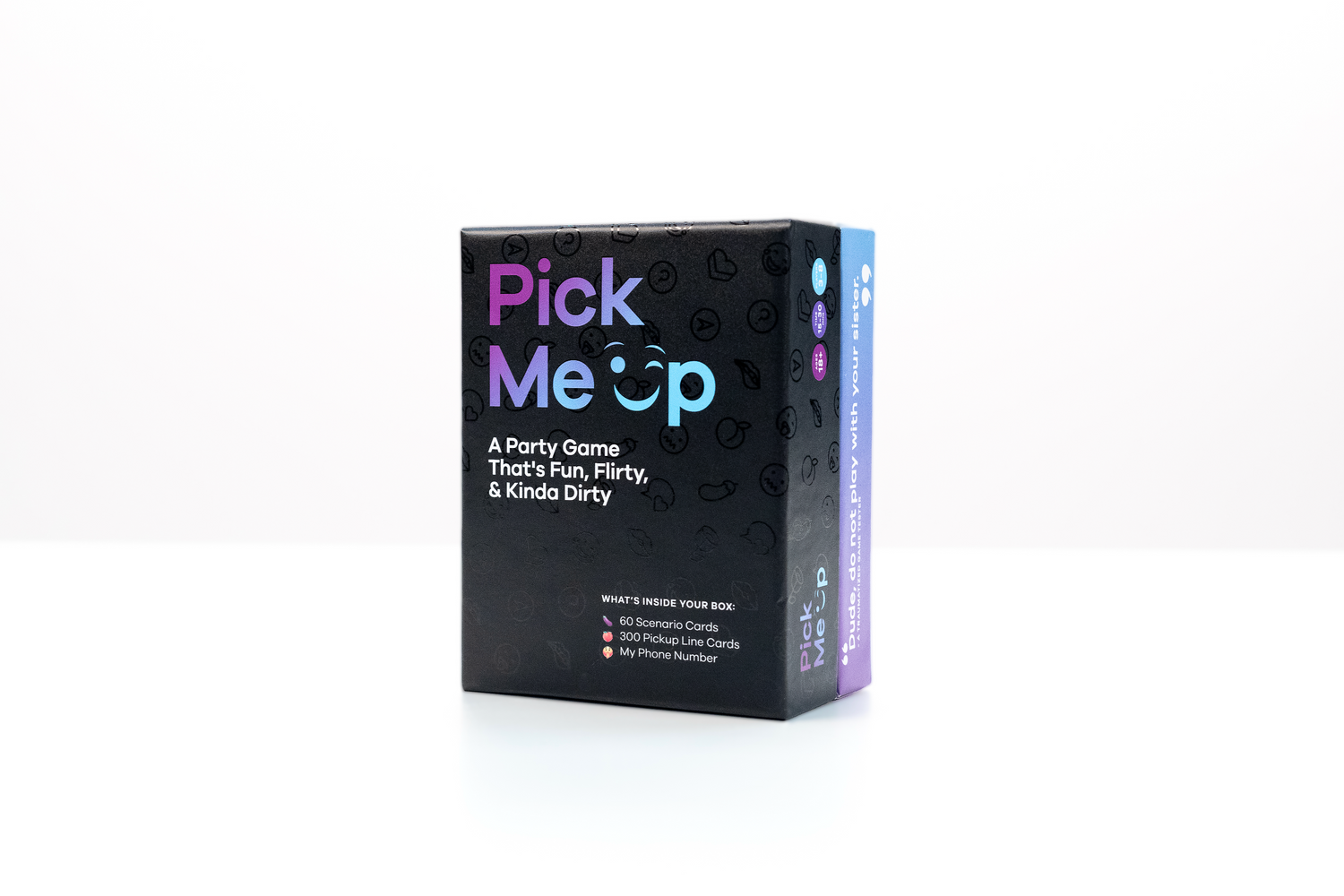Flirting vs. Teasing—Where's the Line?
Flirting is often seen as playful and exciting—a way to show romantic or playful interest in someone. But what happens when flirting turns into teasing or mocking? While playful banter can be part of flirting, it’s important to understand the fine line between lighthearted fun and making someone feel uncomfortable. In this article, we’ll explore whether making fun of someone counts as flirting, how to distinguish between the two, and how to ensure that your interactions remain respectful and enjoyable for everyone involved.
1. Understanding Flirting and Teasing
Before diving into whether making fun of someone can be considered flirting, it's important to define both behaviors. Flirting involves actions or words meant to express interest, often in a playful, non-serious manner. Teasing, on the other hand, generally involves mocking or making fun of someone, often for humorous effect. The key difference lies in intention: flirting is meant to show interest, while teasing can sometimes come off as hurtful or disrespectful.
Fun Fact
Flirting can involve compliments, light teasing, and body language, but it should always aim to make the other person feel good. Teasing, when done too harshly, can cause discomfort or embarrassment, which is why it's important to tread carefully.
2. Is Making Fun of Someone Flirting?
Making fun of someone isn’t necessarily flirting, but it can be if the teasing is done in a playful, non-hurtful way. Flirting often includes a level of warmth and affection, even when light teasing is involved. If you're teasing someone in a way that shows you like them and want to make them laugh, it could be interpreted as a form of flirtation. However, if the teasing is mean-spirited or intended to put the person down, it crosses the line into disrespect.
Example of Flirting Through Teasing
If someone says, “I bet you're terrible at this game, but I can show you how it's done!” followed by a playful smile and fun challenge, it’s flirting. The intent here is to engage and tease in a way that’s fun, not hurtful.
Example of Crossing the Line
On the other hand, if the same person says, “You're so bad at this game; it's almost embarrassing,” it could feel more insulting than flirtatious. The tone and delivery of the teasing are what make all the difference.
3. The Fine Line Between Fun and Hurtful Teasing
The key to distinguishing flirting from making fun of someone lies in your tone, intent, and the recipient's response. Flirting should make the other person feel good, even if it involves playful teasing. Making fun of someone, however, often leaves them feeling uncomfortable or belittled. If you’re unsure, always err on the side of kindness and ensure your teasing is lighthearted.
Signs Your Teasing Might Be Too Much
- Negative body language: If the person you’re teasing looks uncomfortable or pulls away, your teasing might be crossing a boundary.
- Avoidance: If they start avoiding you or stop engaging in conversation, it could be a sign that they didn’t appreciate the teasing.
- Lack of reciprocation: If your teasing is met with silence or disinterest, it might not be coming across as playful flirtation.
4. When Flirting Can Go Too Far
Flirting can go beyond the bounds of fun if it makes the other person uncomfortable or disrespects their personal boundaries. If your playful teasing starts to affect their emotional well-being, it’s time to stop and reconsider your approach. Pay attention to their reactions—body language, facial expressions, and verbal cues can tell you if they’re enjoying the banter or not.
Red Flags to Watch For
- Closed-off body language: Crossing arms or avoiding eye contact can signal discomfort.
- Verbal cues: If the person responds with short, non-engaging answers, they might not be enjoying the teasing.
- Changes in demeanor: If someone becomes visibly upset or defensive, stop immediately and apologize.
5. How to Flirt Without Teasing Too Much
Flirting can be fun and engaging without relying on teasing. Focus on making the other person feel good and appreciated. Complimenting their style, sharing a light laugh, or showing genuine interest in their thoughts and opinions can all be great ways to flirt without crossing into hurtful territory.
Tips for Flirting Responsibly
- Be genuine: Compliment the person in a way that feels real and heartfelt.
- Use humor appropriately: Humor is a great way to break the ice, but make sure it doesn’t come at someone else’s expense.
- Respect boundaries: If you notice the person is uncomfortable, switch topics or change your approach.
6. The Importance of Reading the Room
Successful flirting involves reading social cues and adjusting your approach accordingly. If you sense that the person you’re interested in is not receptive to teasing, it’s time to shift gears. Flirting should always leave both parties feeling good and engaged. If it’s making the other person feel uneasy or self-conscious, then it’s no longer playful—it’s crossing into negative territory.
Fun Fact
Studies have shown that humor plays a big role in successful flirting, but it must be used in a way that doesn’t undermine the other person’s self-esteem. Flirt with kindness and authenticity for the best results!
Know the Difference Between Teasing and Flirting
In the world of flirting, making fun of someone can sometimes be seen as a form of playful teasing, but it’s important to be aware of the fine line between fun and discomfort. Flirting should always aim to make the other person feel good, and teasing should be light-hearted, not hurtful. By being mindful of social cues, respecting boundaries, and focusing on creating positive, engaging interactions, you can flirt effectively without crossing into disrespectful behavior.
Next time you find yourself in a flirtatious exchange, remember that a little teasing can go a long way, but always be aware of the other person’s comfort level. Keep it fun, playful, and, most importantly, respectful.


